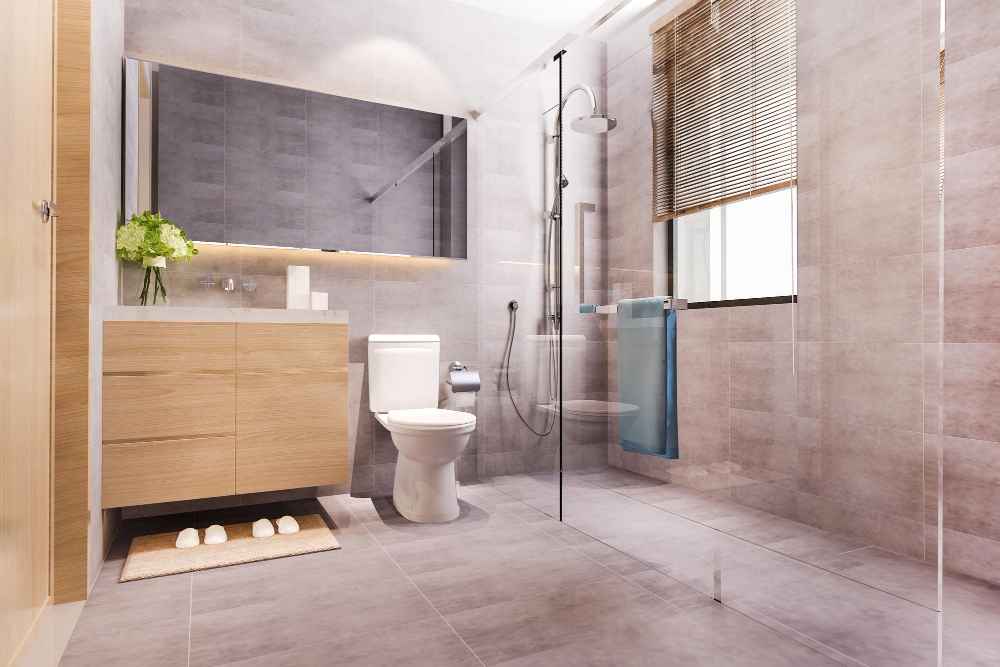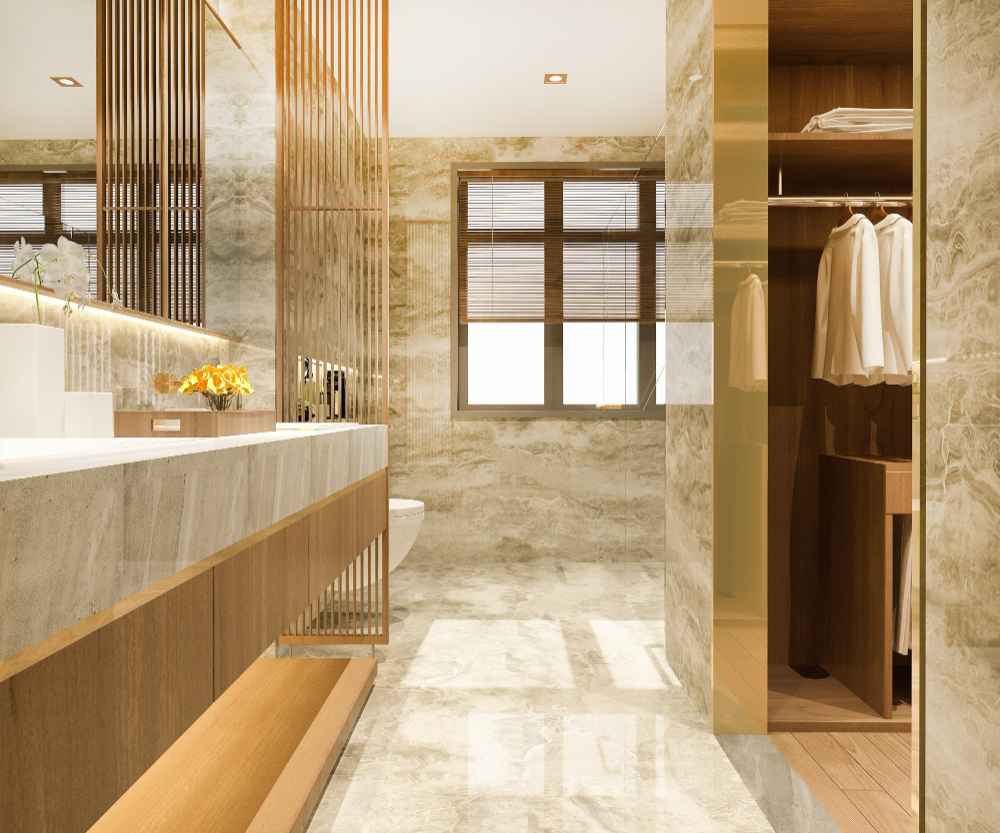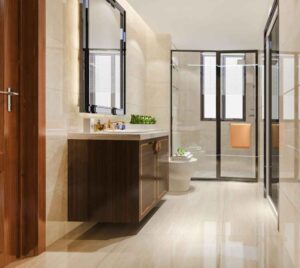When it comes to designing or renovating a bathroom, flooring is one of the most critical decisions you’ll make. Bathroom floors need to be durable, water-resistant, stylish, and easy to maintain—all while complementing the overall design of your space. With so many options available, choosing the right bathroom flooring can feel overwhelming. In this guide, we’ll explore the best bathroom flooring materials, their pros and cons, and tips to help you make an informed decision.
Why Bathroom Flooring Matters
Bathroom flooring is more than just a decorative element. It plays a vital role in:
- Water Resistance: Bathrooms are high-moisture areas, so flooring must withstand humidity, spills, and splashes.
- Durability: The floor should handle daily wear and tear without losing its appeal.
- Safety: Slip-resistant surfaces are essential to prevent accidents.
- Aesthetics: The right flooring can tie together your bathroom’s design theme.
Top Bathroom Flooring Options
1. Ceramic and Porcelain Tile
- Pros: Extremely water-resistant, durable, and available in countless styles, colors, and textures. Porcelain tiles are denser and less porous than ceramic, making them even more resistant to moisture.
- Cons: Can be cold underfoot and slippery when wet (though textured options are available).
- Best For: High-traffic bathrooms and modern or traditional designs.
2. Vinyl Flooring
- Pros: Affordable, waterproof, and comfortable underfoot. Available in sheets, tiles, or planks, vinyl can mimic the look of wood, stone, or tile.
- Cons: Less luxurious compared to natural materials and can be prone to scratches.
- Best For: Budget-friendly projects and families with young children.
3. Natural Stone
- Pros: Luxurious and unique, with options like marble, granite, slate, and limestone. Adds a high-end, timeless look to any bathroom.
- Cons: Expensive, requires regular sealing to prevent water damage, and can be slippery.
- Best For: Spa-like bathrooms and homeowners willing to invest in maintenance.
4. Engineered Wood
- Pros: Offers the warmth and beauty of real wood with better moisture resistance than solid hardwood. Durable and stable.
- Cons: More expensive than vinyl or laminate and not fully waterproof.
- Best For: Rustic or contemporary designs where wood aesthetics are desired.
5. Laminate Flooring
- Pros: Affordable, easy to install, and available in a variety of designs, including wood and stone looks.
- Cons: Not fully waterproof (unless specifically labeled as such) and can warp if exposed to standing water.
- Best For: Low-moisture bathrooms and budget-conscious homeowners.

6. Concrete
- Pros: Modern, durable, and customizable with stains, dyes, or polishing. Highly water-resistant when sealed.
- Cons: Hard and cold underfoot, and can develop cracks over time.
- Best For: Industrial or minimalist bathroom designs.
7. Cork
- Pros: Eco-friendly, soft underfoot, and naturally resistant to mold and mildew. Provides a unique, warm look.
- Cons: Requires sealing to maintain water resistance and can be prone to dents.
- Best For: Eco-conscious homeowners and smaller bathrooms.
Factors to Consider When Choosing Bathroom Flooring
- Water Resistance: Prioritize materials that can handle moisture without warping or deteriorating.
- Durability: Choose flooring that can withstand daily use and cleaning.
- Maintenance: Consider how much upkeep the material requires (e.g., sealing, polishing).
- Slip Resistance: Look for textured or non-slip surfaces to ensure safety.
- Aesthetics: Select a style that complements your bathroom’s design theme.
- Budget: Balance your desired look with what you can afford, including installation costs.
Installation Tips
- Hire a Professional: For materials like natural stone or tile, professional installation ensures a flawless finish.
- Use Proper Underlayment: A moisture-resistant underlayment can extend the life of your flooring.
- Seal Grout and Joints: For tile and stone, sealing grout lines prevents water penetration and staining.
- Consider Radiant Heating: Pair your flooring with radiant heating for added comfort, especially with cold materials like tile or stone.

Maintenance Tips for Bathroom Flooring
- Regular Cleaning: Sweep or vacuum to remove dirt and debris, then mop with a mild cleaner.
- Avoid Harsh Chemicals: Use pH-neutral cleaners to prevent damage to surfaces like natural stone or vinyl.
- Re-Seal as Needed: For materials like stone or cork, reapply sealant periodically to maintain water resistance.
- Address Spills Immediately: Wipe up water or spills to prevent staining or warping.
Conclusion
Choosing the right bathroom flooring is a balance of practicality and aesthetics. Whether you opt for the timeless elegance of natural stone, the affordability of vinyl, or the warmth of engineered wood, your decision will impact the functionality and style of your bathroom for years to come. By considering factors like water resistance, durability, and maintenance, you can select a flooring option that meets your needs and enhances your space.
Transform your bathroom into a beautiful, functional retreat with the perfect flooring choice. Happy renovating!
⇒ For more ideas visit our bedroom category.







